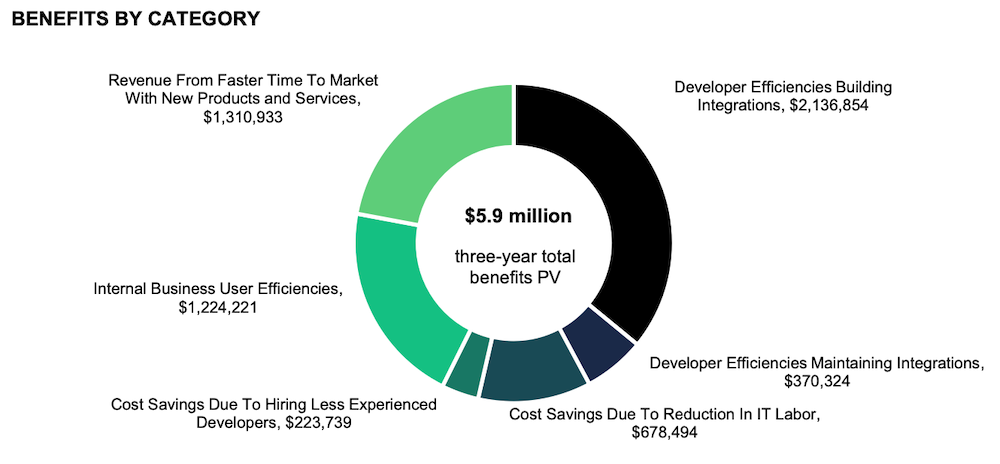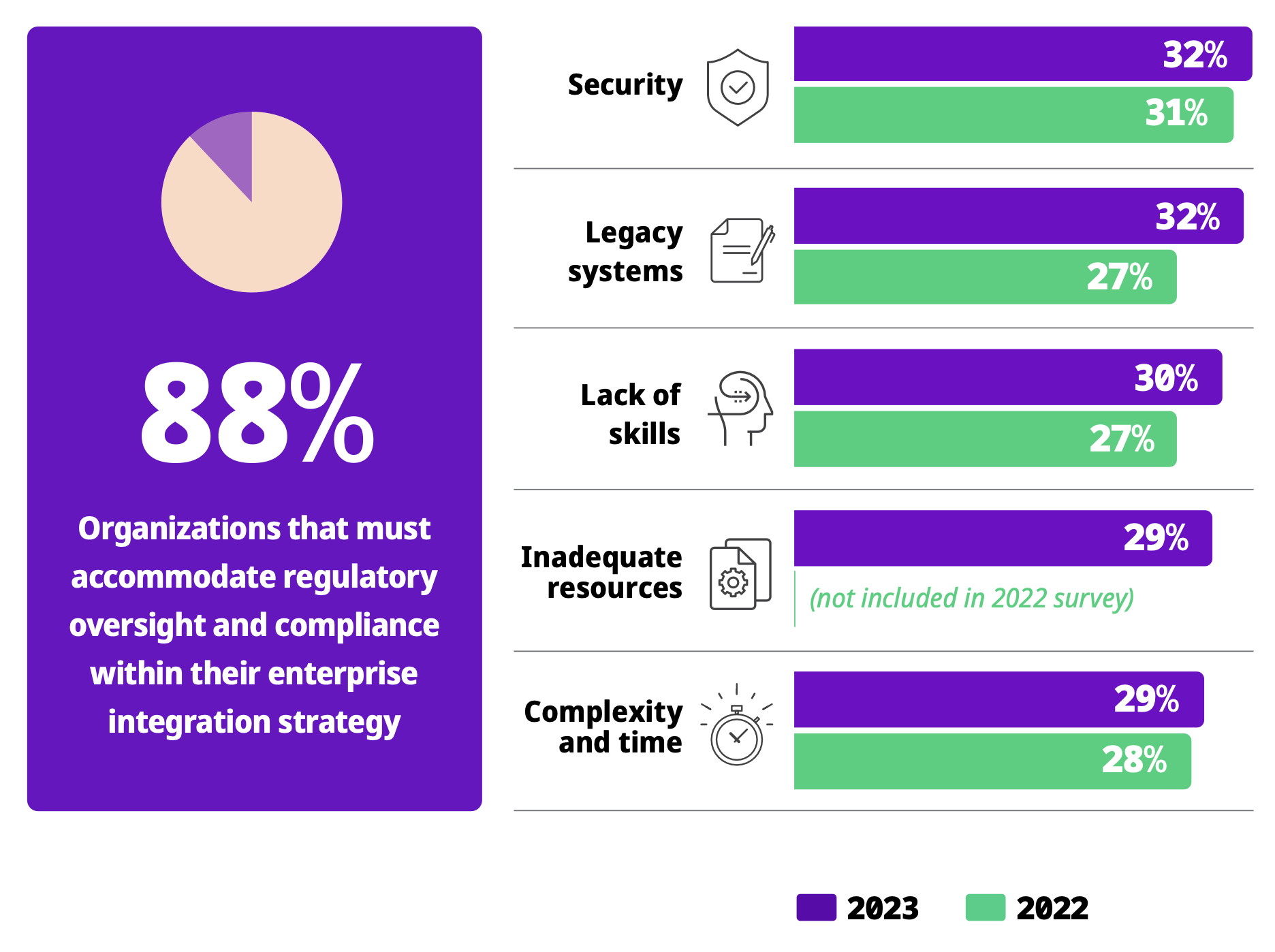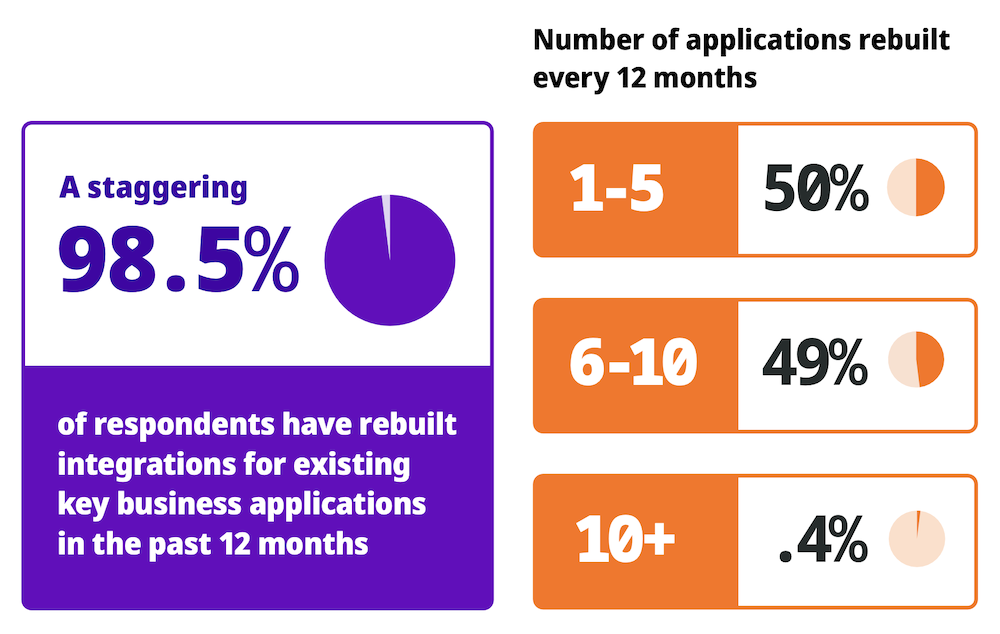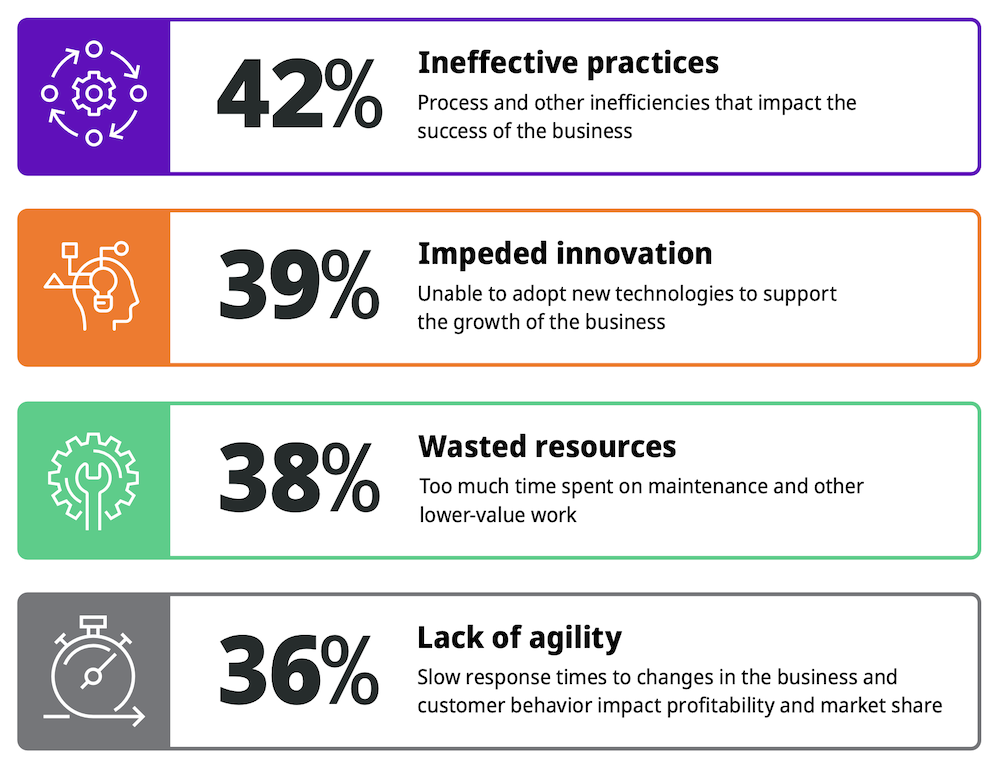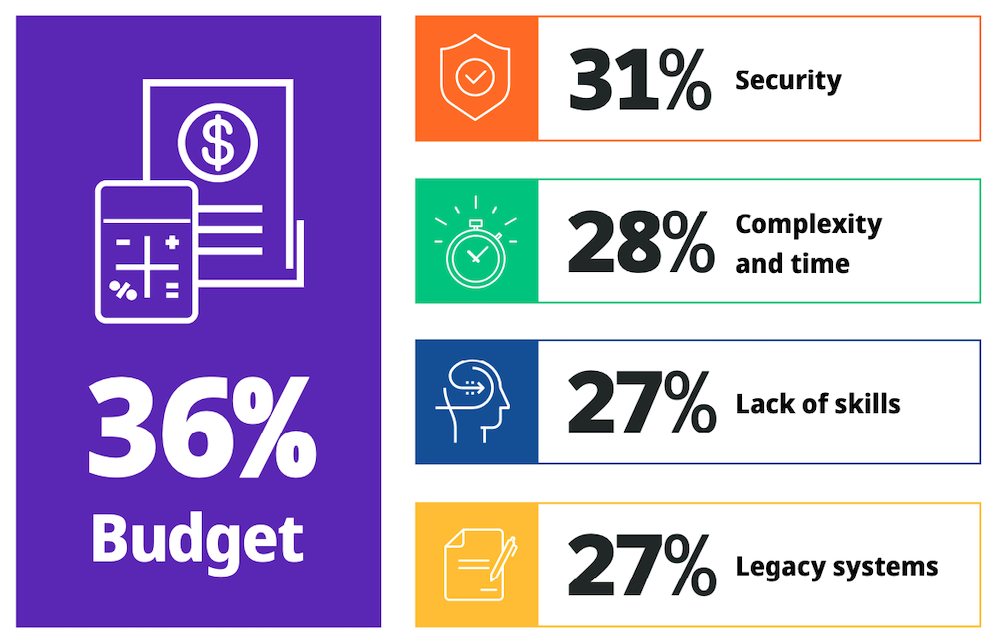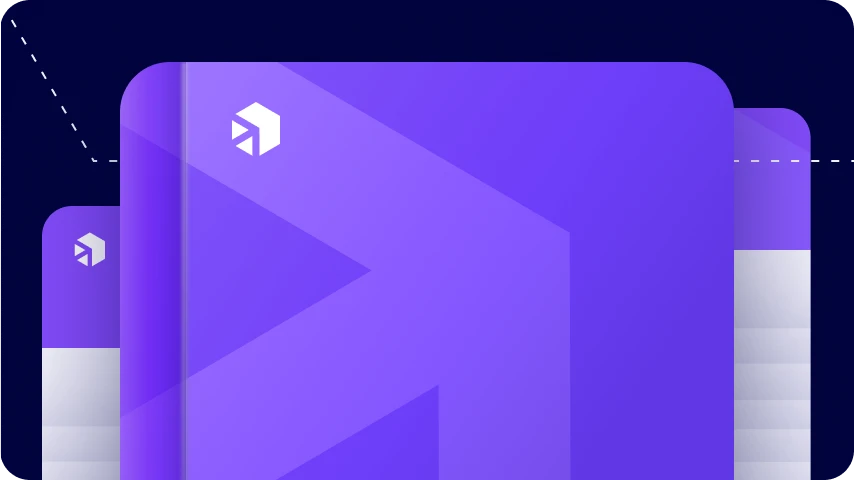
A integração empresarial não é mais um “luxo” – garantir que seus dados e sistemas estejam integrados de forma contínua e segura é vital para o seu crescimento e competitividade no mundo digital de hoje. Mas a que custo?
Medindo a produtividade dos desenvolvedores
A produtividade dos desenvolvedores é um KPI cada vez mais importante para as organizações que buscam controlar os custos de TI sem afetar o crescimento ou a inovação. E, à medida que mais empresas se concentram em garantir que estão aproveitando ao máximo o departamento de TI, mais atenção está sendo dada à forma como a eficiência dos desenvolvedores é medida.
FAÇA
- Relacione o desempenho dos desenvolvedores aos resultados do negócio
- Avalie a funcionalidade ganha, os problemas resolvidos ou o valor agregado
NÃO FAÇA
- Conte linhas de código ou número de bugs corrigidos
- Foque nas horas trabalhadas
- Acompanhe o número de tarefas concluídas
>> Agende uma demonstração personalizada com nossa equipe de especialistas e veja como o iPaaS da Digibee trará eficiência ao seu negócio.
Integração e sua equipe de TI
Se as métricas de produtividade dos desenvolvedores estão ligadas aos resultados de negócios, será necessário identificar os objetivos do seu projeto de integração (ou projetos) para entender como sua equipe está se saindo.
Os principais objetivos da integração empresarial incluem:
- Habilitar IA e automação
- Melhorar a segurança dos dados
- Reduzir custos operacionais
- Melhorar o tempo de colocação no mercado
- Apoiar a transformação digital
- Atualizar sistemas legados
Sem uma implementação bem-sucedida da integração, as empresas podem enfrentar:
- Incapacidade de adotar novas tecnologias
- Ineficiências que afetam o sucesso do negócio
- Falta de agilidade para responder às mudanças do mercado
- Recursos de TI desperdiçados
A conquista de objetivos críticos – ou a eliminação de desafios – oferece uma forma valiosa de ligar a eficiência dos desenvolvedores aos resultados de negócios. E, uma vez que você tenha medido a produtividade de sua equipe de TI, pode começar a procurar maneiras de melhorá-la.

Benefícios de uma plataforma low-code
A interface visual intuitiva de arrastar e soltar da plataforma iPaaS da Digibee reduz o tempo e o nível de habilidade dos desenvolvedores necessários para construir integrações, enquanto nossa funcionalidade de monitoramento embarcada torna a manutenção dessas integrações mais fácil e eficiente. No relatório Forrester Total Economic Impact™ do iPaaS da Digibee1 , os analistas quantificaram como as empresas podem aumentar a produtividade dos desenvolvedores com a Digibee.
Construindo integrações
O relatório TEI da Forrester avalia as eficiências dos desenvolvedores realizadas na construção de integrações em US$ 2.1 milhões em três anos2, observando que a plataforma Digibee capacita os desenvolvedores a criar novas integrações com até 75% mais eficiência do que soluções ponto a ponto.
- Facilidade de uso: A plataforma de integração low-code da Digibee tem uma curva de aprendizado suave, reduzindo o tempo necessário para que os desenvolvedores entendam e utilizem a plataforma.
- Reutilização: A capacidade de reutilizar integrações existentes significa que os desenvolvedores não precisam começar do zero para cada conexão, reduzindo o tempo gasto no processo de implantação das integrações.
- Solução de problemas: Os logs e métricas integrados da Digibee simplificam o processo de entender quando – e, mais importante, por que – uma integração não está funcionando, reduzindo o tempo gasto na resolução de problemas de novas integrações.
Mantendo as integrações
Os analistas da Forrester estimam o valor das eficiências do desenvolvedor de manutenção de integração em US$ 370,0003, observando que o Digibee elimina quase completamente a necessidade de retrabalho do desenvolvedor – um feito notável, visto que 98% dos profissionais de TI corporativos relataram que tiveram que reconstruir pelo menos uma integração nos últimos 12 meses.
- Integrações legadas: Com a iPaaS da Digibee, o tempo necessário para manter integrações legadas caiu para uma hora a cada quatro horas anteriormente necessárias.
- Novas integrações: O tempo necessário para manter novas integrações também caiu para uma hora a cada quatro horas anteriormente gastas.
Aumente a eficiência da sua equipe de TI
A plataforma low-code da Digibee e suas ferramentas de monitoramento de integrações podem reduzir significativamente o tempo que sua equipe de desenvolvimento gasta com tarefas manuais relacionadas à construção e manutenção de integrações empresariais.
A maior eficiência dos desenvolvedores que sua equipe alcançará usando nossa iPaaS se traduz diretamente em progresso em objetivos-chave, como redução de custos, maior agilidade, aumento na velocidade de lançamento no mercado e a capacidade de adotar novas tecnologias que apoiam a inovação e o crescimento.
Mas você não precisa apenas confiar na nossa palavra. Baixe sua cópia do Relatório TEI da Forrester para uma visão mais detalhada de todos os benefícios que sua organização pode obter ao fazer parceria com a Digibee – ou agende uma demonstração sem compromisso para ver nossa solução em ação.
1 Um estudo encomendado conduzido pela Forrester Consulting em nome da Digibee
2 Economia para uma empresa hipotética com 20,000 funcionários e receita anual de US$ 5 bilhões
3 Economia em 3 anos para uma empresa hipotética com 20,000 funcionários e receita anual de US$ 5 bilhões












